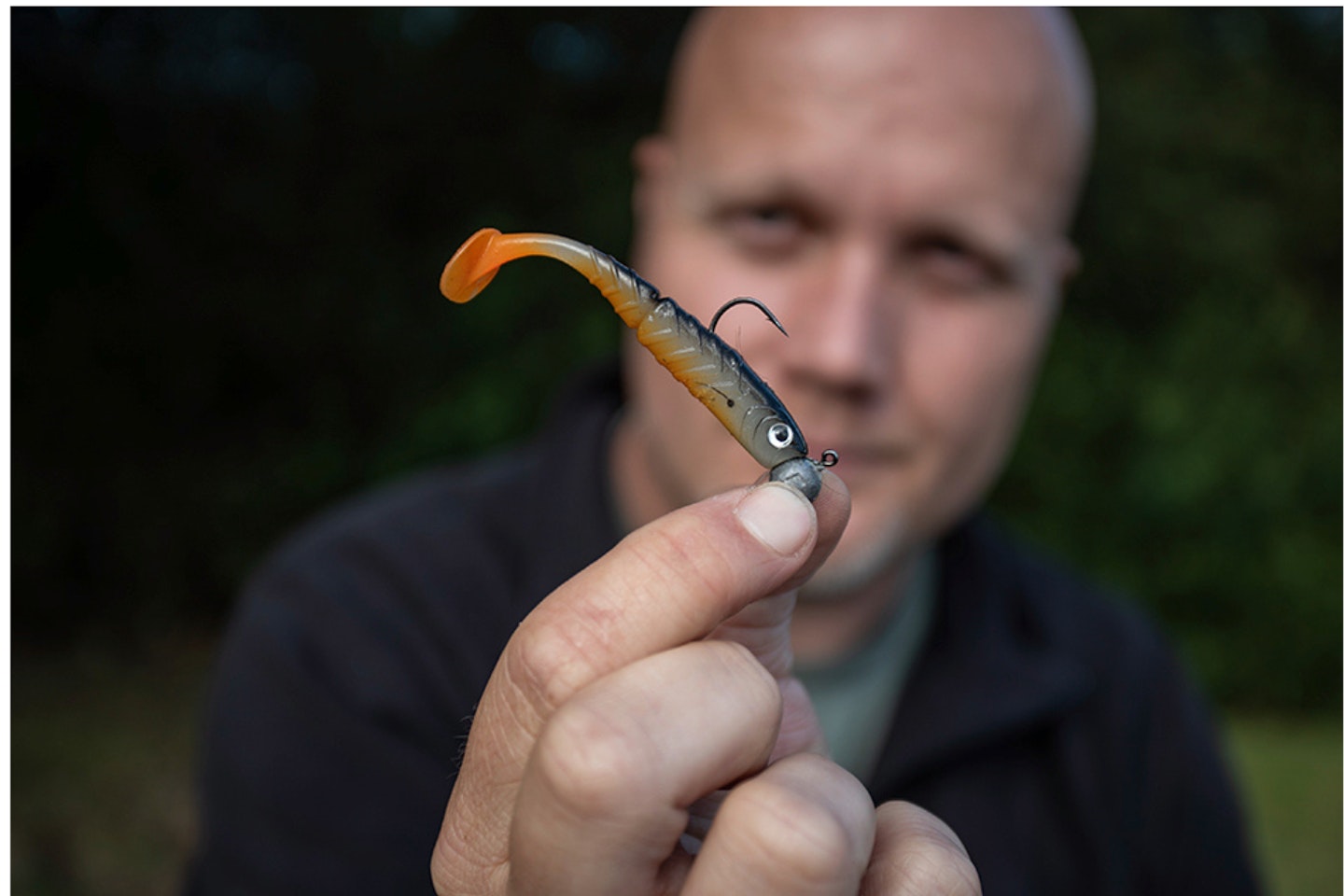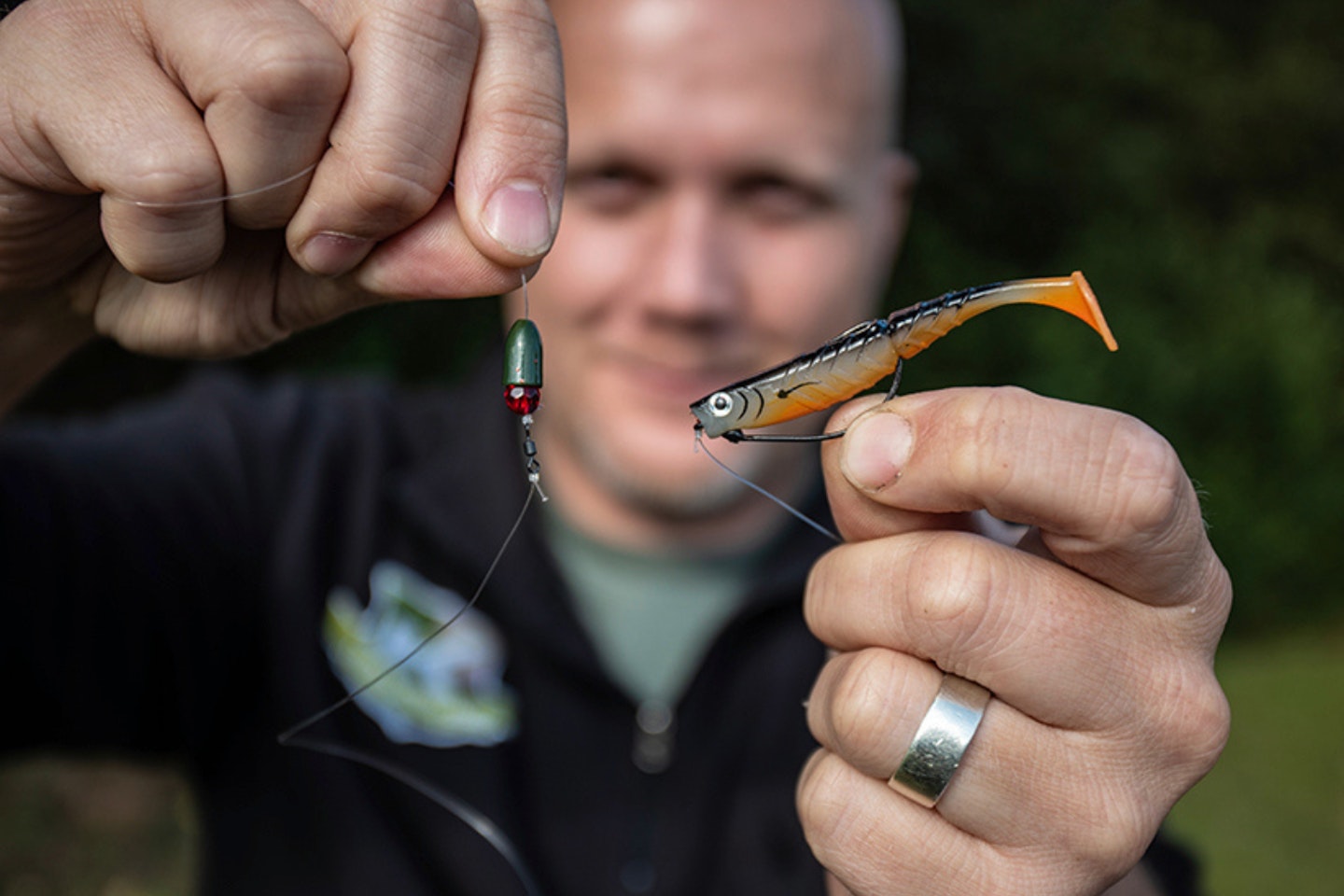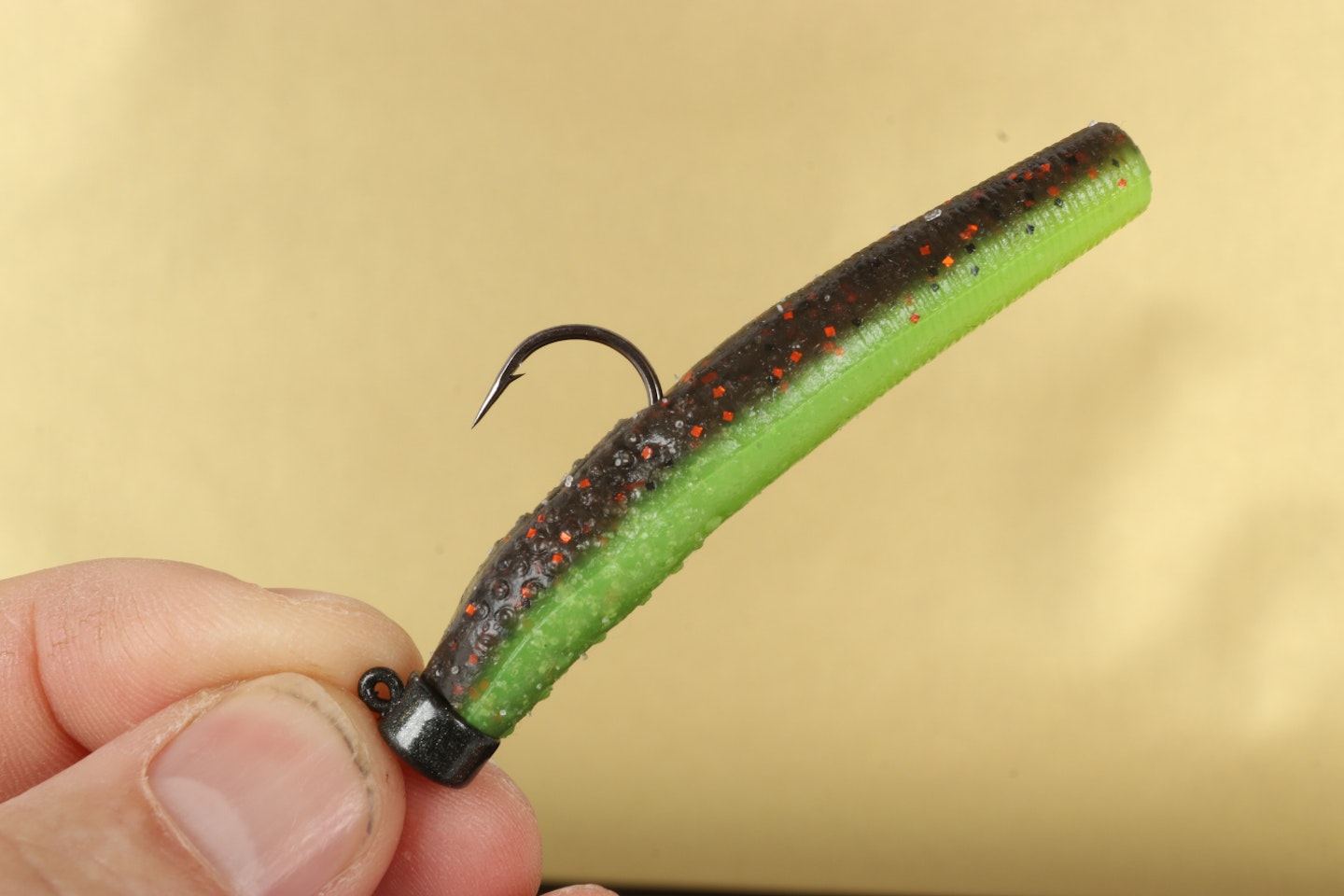The right presentation can make all the difference when trying to entice a predator to strike a lure. In this comprehensive guide, we'll explore three of the most popular and effective lure presentations for predator fishing.
The jighead is a fundamental component of soft plastic lure fishing, offering versatility and effectiveness in various fishing conditions. Jigheads come in a wide range of weights, sizes, and types, allowing anglers to tailor their presentations to different fish species and water conditions.
USING ONE OF THE BEST SPINNING REEL IS IDEAL FOR FISHING LURES THANKS TO THEIR EFFORTLESS WINDING PROPERTIES.

When selecting a jighead, firstly consider the weight of the lure in relation to the depth of water you plan on fishing and also the size of the lure. Micro jigging, targeting smaller predators like perch, zander, and jack pike with lures up to 3 inches in size, weights under 5g are generally the best way to present and search a swim. Consider the size of the jighead's in relation to the hook size and of the lure. A larger hook will be appropriate for larger lures, while a smaller hook is better suited for smaller baits.
Remember that the weight of the jighead influences the lure's swimming action. A lighter jighead typically results in a slower and more natural fall, giving predators more time to react.
The jighead can be presented in a number of different ways to suit the conditions and obstacles you may face when targeting predators. The Texas rig and Carolina rig are popular options that can be used with jigheads to create a weedless presentation.
In the absence of weed, these rigs can be used but be sure to expose more of the hook to increase the chances of hooking the fish, alternatively presentations like the Ned rig is also worth having up your sleeve this can also be presented "texas style" to provide a weedless presentation to get the most out of your fishing session.
THE BEST LURE FISHING RODS COME IN MANY VARIATIONS TO SUIT DIFFERENT STYLES, OUR GUIDE WILL HELP YOU CHOOSE THE RIGHT ROD.

Texas rig
The Texas rig is a weedless rigging method that involves using an offset hook. This hook design allows the lure to be rigged in a way that minimises snags. The hookpoint is partially embedded in the lure's body, providing a weedless presentation.
To assemble the Texas rig, start by selecting a soft plastic lure and an offset hook that are compatible in size. Thread the lure onto the hook, ensuring the hookpoint is partially embedded. Create a leader of your chosen material, typically 50-60cm of fluorocarbon. Slide a bullet weight onto the leader above where the hook will be attached. Attach the leader to your braided mainline using a safety clip. Adjust the position of the weight to find the optimal balance for your lure and fishing conditions.
To fish the Texas rig, use a slow and steady retrieve, allowing the lure to fall naturally to the bottom. Incorporate pauses to entice bites from cautious fish. The Texas rig's weedless presentation is particularly effective in areas with heavy vegetation, allowing you to fish efficiently without getting snagged.
Trying different bullet weights to influence the action and fall of the lure, it is key to getting the most out of the rig, consider the fall of the lure and how it is intended to imitate a fish, therefore using too heavy a weight will make the lure look completely unnatural.
CHOOSING THE RIGHT LURE IS KEY TO TARGETING PERCH, SEE OUR GUIDE ON HOW TO CHOOSE THE RIGHT LURE FOR PERCH FISHING.

Carolina rig
The Carolina rig can be highly effective for catching perch, especially in challenging conditions. A slight variation on the texas rig, incorporating a glass bead into the rig and using a running weight a distance away from the hook, it is particularly useful when fishing in weedy or snaggy areas, as it allows you to present your lure close to the bottom without getting caught up.
To tie the Carolina rig, use a length of nylon line (20cm) and tie a loop at one end. Thread a bullet weight and glass bead onto the line, then tie the safety clip to the end. By incorporating this short piece of nylon it reduces wear on the mainline as the free running weight would eventually weaken the braid if it were directly attached to the leader.
Next, attach the mainline braid to the loop on the bullet weight link. Create a 50cm-60cm leader typically of fluorocarbon and tie loop at the other end. Clip the fluorocarbon loop to the safety clip with the weight and glass bead above, and finally, tie the offset hook to the remaining end of the fluorocarbon. Attach the lure to the hook, ensuring the hook point is parallel to the lure's back.
Make sure to experiment with different bullet weights and leader length to find the optimal depth for your fishing conditions. The glass bead is an essential part of the rig as this offers a noise element as it butts up to the bullet weight creating a "clicking" noise that can insight a bite.
PRESENTING THESE RIGS ON THE CANAL CAN BE HIGHLY EFFECTIVE, SEE OUR GUIDE HOW TO FISH WITH LIGHT LURES ON CANALS.

Ned rig
The Ned rig, developed by bass angler Ned Kehde, is a popular technique that has gained traction among perch anglers. This simple yet effective rig features a lure and a shroom-shaped jighead.
To tie the Ned rig requires a specific jig head that are normally called "shroom" jigheads, the uniquely shaped weight is part of the hook to create a slow fall. Choose a hook size that matches the size of your lure. Create a leader of 50cm-60cm from your chosen material, typically fluorocarbon. Connect this to the braided (0.10mm) mainline, this offers sensitivity and precision. This rig can be used with the hook point fully exposed or "texas style" if faced with weedy or snagging conditions.
KEEP YOUR LURES AND JIG HEADS ORGANISED IN THE BEST FISHING TACKLE BOXES.

The Ned rig is designed to be fished with a slow and steady retrieve. Allow the lure to fall naturally to the bottom and gently lift it with short twitches, often referred to as "twitch, twitch, pause". Consider "dead-sticking" the lure, this is allowing it to sit motionless on the bottom, to entice bites.
When selecting lures for the Ned rig, buoyant soft plastic options are often preferred. These lures tend to stand upright on the bottom, imitating a feeding prey fish. Experiment with different lure sizes, shapes and weights to find what works best for the perch in your target waters.
ROVING IS A BIG PART OF LURE FISHING, TRAVEL EASIER WITH THE BEST LURE FISHING LUGGAGE.

